Arts
The Lost Indian Art Of Desire
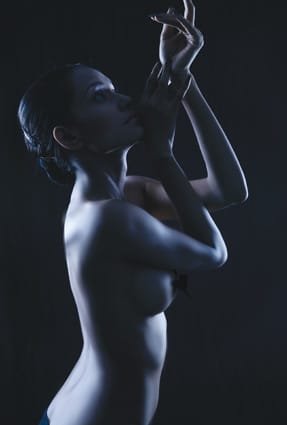
Is Indian sexual vitality losing out to Western concepts?
| In the present-day Indian context, the term “sensual” is generally used to either portray someone as beautiful or label someone as sexy. As the new Indian woman strives to zero-size figures and turns to botox, the glorious legacy of Khajuraho, Konark, Ajanta-Ellora, Kamasutra, and Tantric sex is fast getting dumped in the trash heap.
India has played a prominent role in the history of sex, from the first literature to treat sexual intercourse as a science to building arousing art forms. In the words of celebrated writer Khushwant Singh: “Our forefathers understood sex as the most potent emotion in life and gave it the importance it deserved in their writings, paintings and sculpture. It was a time when sculptors were decorating walls of temples in Khajuraho and Konark, depicting lusty men and beautifully rounded young women copulating with gay abandon. Censorship by the state or society did not exist.”
Ancient India pioneered the use of sex education through art and literature. “Sex was considered as a natural and important aspect of life. Our ancient caves which depict graphic sex or the all-time classic on ways to enjoy sex were meant to excite and educate people, leaving rest to the imagination of individuals,” says Vinod Mirani, a senior film trade analyst. Imagination, cultural critics say, was the key to pure erotica. Padma Shree Bharatnatyam dancer Geeta Chandran says, “Today, classical dance is probably the last bastion of eroticism in India. That is because dance still celebrates the understated — the coy, the languorous.” (See sidebar). Even the understanding of traditional Indian beauty was distinctive to the country’s color, shapes and facial features, making it real, earthy and sensual. “It is the kind you would see in temples of Khajuraho or described in the original sex-manual, Kamasutra. Indian beauty — dusky, voluptuous with dark flowing hair and sharp features — was celebrated back then. Even classical Indian dances were performed by full-bodied women and some forms were found to be highly erotic. Not just that, even traditional Indian massages were considered very much the part of erotic, what with varying techniques, natural oils and aromas,” says Rajesh Kalra, chief editor, Times Internet. This changed first with the invasion of Muslims in northern India who brought with them Islamic puritanism. “Though Muslims gave India many of its beautiful buildings, and in due course of time evolved Urdu as the lingua franca, depictions of sex in writing, painting or sculpture became taboo,” says Khushwant Singh. And then came British rule that introduced to India its Victorian morality. “The middle class was under the Victorian Puritanical influence, which strengthened the ascetic ideals of the Indian tradition. People believed that since the western political and economic institutions were better, perhaps their moral institutions were also better,” says Sudhir Kakar, psychoanalyst and author of The Ascetic Of Desire. Aparajita Krishnan, writer and TV producer, adds: “The most conservative interruption in Indian history was the late 19th century, after the fall of the Mughals and before the coming of the British. It was then that the ‘Sati pratha’, the ‘Purdah’ systems most prevailed. But Indian history before that down many ages was certainly not shy of the erotic, the sensual.”
Ironically, after Independence, especially during the 1960s and 1970s, when many Westerners were discovering the ancient culture of sexual liberalism in India as a source for western free love movements and neo-Tantric philosophy, India was turning into a conservative and prudish culture embodying the Victorian sensibilities that were being abandoned in their country of origin. Changing definitions Today, with growing exposure to global culture, India is in the midst of its own sexual revolution. However, it is experiencing a western-style sexual revolution, especially in cosmopolitan cities. “Indian sexual vitality is not dead; it’s being colonized by the American/British/European cultures,” says culture commentator and corporate trainer Amit Sadana. Plastic surgery is quite the rage in major Indian cities, according to a recent news report. “The concept of beauty is now defined by what the west likes. So, voluptuousness has been replaced with tall, skinny, anorexic models. More and more Indians, both men and women, are now going in for botox, fillers, lifts, et al,” says Kalra. Be it in the Hindi cine-industry or the fashion world, there is an urge for the linear — see it all at once, grab it in toto. And in that urge for the here and now, imagination flees and eroticism withers into an unexciting product. Sadana says: “The images of beauty in any society are the mirror of what that society holds in highest regards. The Ellora society was booming, well-nourished, intelligent, and good looking. So they had those kinds of specimens. The plastic-doll specimens, with size-zero or stick-thin figures that we have today are only projections of a malnourished mind and a tattered societal fabric.” Fashion designer Nisha Jamwal, who is known to prefer curvaceous models for her clothes, thinks it’s time India stopped aping the West: “I am strictly against very thin models, because they appear unrealistic. They promote frustration and depression among youngsters and aspiring models who try and ape them. I like my models to be voluptuous and filled out. That is sensuality for me.” Designer Anna Singh, who also prefers dressing well-endowed Indian beauties, concurs: “Indian traditional beauty is unmatched. All that is required is to celebrate it rather than getting inspired by the West. With deeper cleavages and ampler derrieres, Indian models look more sensual than their Western counterparts. It’s hard to say why this trend of anorexic and botoxed girls began on the Indian ramp.”
Cultural critics lament that erotica today is losing out to vulgarity and pornography that bares it all, leaving nothing to one’s imagination. Says Mirani, “As the availability and access to pornography and graphic depictions of live sex on films, books, and websites mushroomed, it lent the old erotica redundant.” It left nothing to imagination and led users to try and imitate what they saw. It bared all, leaving nothing to one’s imagination. Erotica gave way to voyeurism and vulgarity. “India’s first erotic comic series — Savita Bhabhi — has been hailed as the coming of age of Indian woman. While the jury is divided on whether it is erotica or pornography, the Indian courts certainly felt it was more of the latter,” says Kalra. Giovernment prosecutions of depictions of sex and erotica in books, and films are fast blurring the dividing line between vulgarity and erotica. “Even kissing scenes between screen-lovers were banned as something taboo! More the restrictions, more the urge to seek alternative source; the advent of video/CD and the rise of net world only made it easier to source sexually explicit material. No one needed erotica anymore,” says Mirani. Others argue, however, that are deeper reasons behind the decline of Indian erotica. Erotica existed at a time when the whole body and being was engaged in the act of living. Erotica was about the feel, touch smell and motions through experience. “As the world became smaller, with the comforts in communication that technology could offer, the mind grew with exposure and knowledge. The local now dreamt of the global. And since in the mind one would aspire for the most ambitious, the immediate world around us failed to measure up. With the tactile, sensual and contextual worlds being almost replaced by spaces of the mind, it is not surprising to find ‘cults of ecstasy’ decaying into ‘dead modern Indian sexual vitality’,” says Manjari Sharma, a renowned artist and art curator.
On the flip side, models like Kristna Saikia claims to find inspiration from the great erotic heritage of India. Saikia, who has posed nude and in the semi-nude for several advertising campaigns and artistic photoshoots says, “It’s hard to say about other models who bare to bare it all. But for me, nudity is divine. I am inspired by Lord Shiva’s cosmic movements. When I pose in the nude, I feel I am going beyond the conscious state and connecting with celestial bodies and Nature. My poses are aesthetic, sensual and emotive, and not vulgar or obscene.” Adman Aleque Padamsee explains the difference between sensuality and vulgarity. “In the year 1975, when I came up with an advertisement for Liril soap with a girl in a bikini, there was a huge furore initially. But the censor board passed it for even though in bikini, the girl didn’t look sleazy in any way. Her delicate parts were well-covered, that meant no cleavage either. Again in 1990, I did a Kamasutra condoms ad with Pooja Bedi. Though arousing it wasn’t vulgar and hence was passed by the censor board. That is erotica for me.” How different in Indian erotica and the western understanding of the concept? “For the West, their culture or literature hasn’t propagated erotica and for them it usually means bare skin. When a little was depicted and the rest left to one’s imagination, each doing so according to his own perception, that’s Indian erotica,” says Mirani. Adds Rajesh Kalra, “Our idea of erotica is buxomness, as depicted in Khajuraho or Ajanta-Ellora and not anorexic models who portray European or western concept of beauty.”
Most Indians, however, have long lost touch with the rich erotic cultural heritage. As for Indian artists, they have all but given up on any sort of depiction of the theme except when someone like M F Husain does it. Even so it hurts the sentiments rather than promote this old art,” says Mirani. Sensuality lost? Not really…
Anil Wanvari , CEO of Indiantelevision.com, concurs: “Maybe a small sliver of India has taken to the western style of sensuality, but most others still very much stick to the Indian concept.” That is not how, filmmaker Rahul Dholakia, producer-director of Parzania and Lamhaa, sees it: “Like most things, here too we are blindly following the West and have lost our imagination. For a male, for instance, even a simple thing like the sari, can be a symbol of eroticism in everyday life; which for most Indians is a ‘way of the past’. I think we need to get out of our western hang ups because being Indian is not negative, but aping the west most certainly is.” So is their any hope for reclaiming the glorious Indian past? “Guess we will have to wait for this orthodoxy to reach such a stage, boiling point of claustrophobia, that a neo-Hippie kind of revolt will happen from within and bring with it a very liberal and erotic social spectrum,” says TV producer Krishnan. Dholakia rues over another possibility: “I think as of now you can’t fight against the tide. But sooner or later, it will dawn upon us. Maybe it will be a western diva who will make a statement and we will all follow.”
|

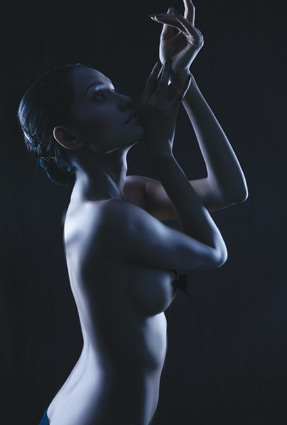
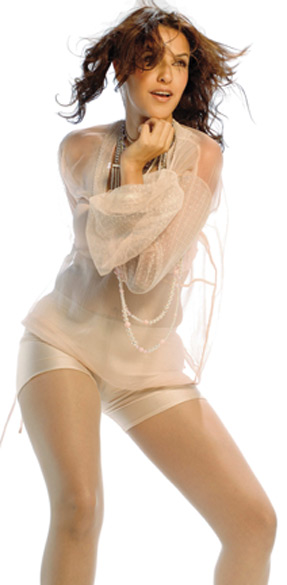
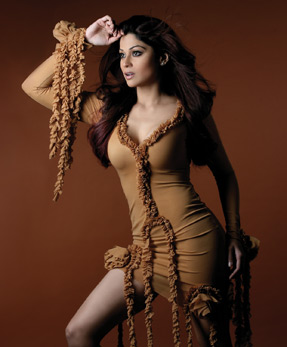

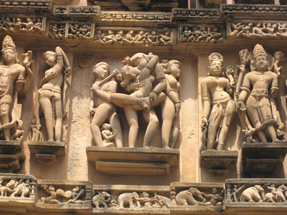

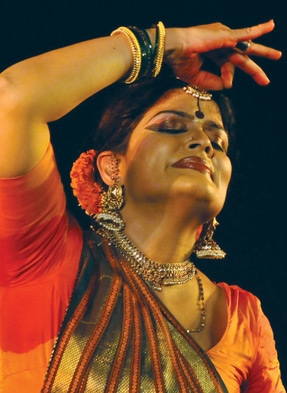
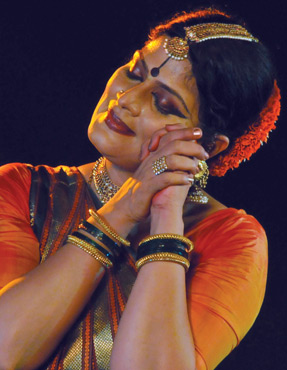
You must be logged in to post a comment Login